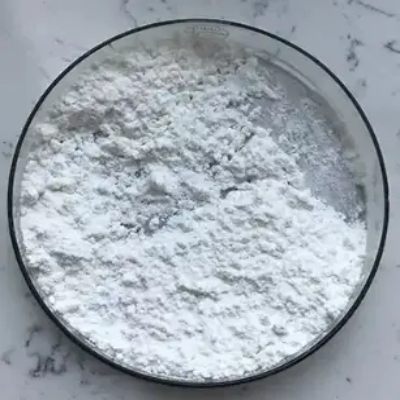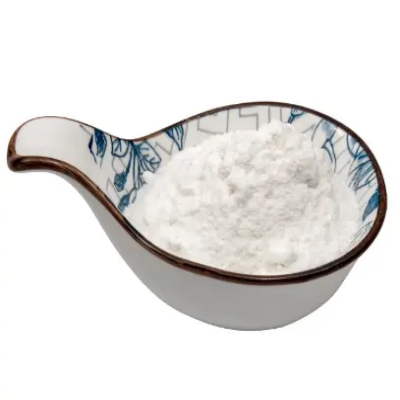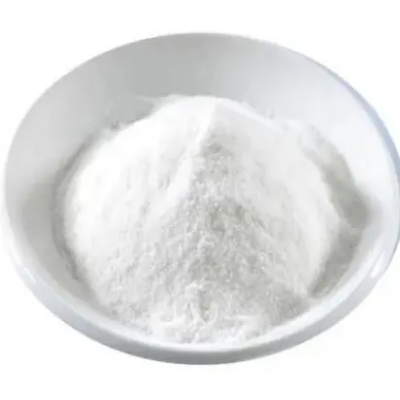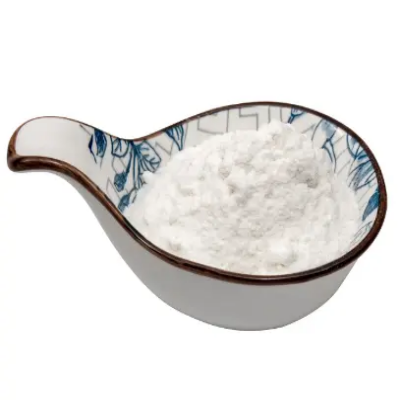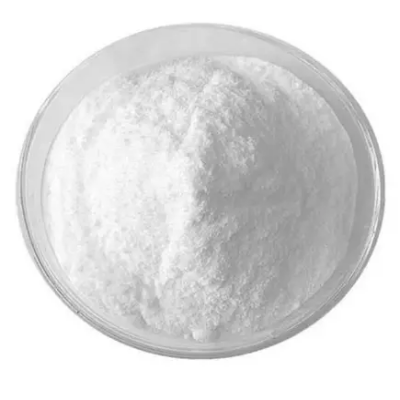Sodium iodide CAS:7681-82-5
The English use of sodium iodide primarily revolves around its applications in medicine, radiation detection, and organic synthesis. One of its main uses is in nuclear medicine, where it is employed as a radioactive tracer for diagnostic imaging. Sodium iodide can be radiolabeled with radioactive isotopes and used in various imaging techniques such as SPECT (Single Photon Emission Computed Tomography) scans. Furthermore, sodium iodide finds use in radiation detection devices such as scintillation detectors and gamma spectrometers. It is utilized as the scintillation material in these devices, where it converts high-energy radiation into detectable light pulses. This makes sodium iodide valuable in monitoring and measuring ionizing radiation levels accurately. Moreover, sodium iodide is utilized in organic synthesis as a reagent or catalyst in various chemical reactions. It can be employed in the preparation of organic compounds and pharmaceutical intermediates. Its properties make it useful in promoting certain transformations and facilitating the formation of specific chemical bonds. Additionally, sodium iodide has applications in the field of materials science for the development of luminescent materials and optoelectronic devices. It is used in the synthesis of materials with specific optical and electronic properties, such as phosphors for lighting and display technologies. Sodium iodide-based materials also find use in scintillators for radiation detection and imaging applications. Furthermore, sodium iodide is valuable in research and development activities within the scientific community. Its use in nuclear medicine, radiation detection, organic synthesis, and materials science contributes to advancements in medical diagnostics, radiation monitoring, synthetic methods, and functional materials. It serves as a platform for exploring new concepts and designs for healthcare, energy technologies, and scientific research. Overall, sodium iodide's significance lies in its diverse applications in medicine, radiation detection, organic synthesis, and materials science. Its contributions to nuclear medicine, radiation monitoring, synthetic chemistry, and advanced materials make it a valuable compound in various industrial, medical, and scientific fields.



| Composition | NaI |
| Assay | 99% |
| Appearance | white powder |
| CAS No. | 7681-82-5 |
| Packing | Small and bulk |
| Shelf Life | 2 years |
| Storage | Store in cool and dry area |
| Certification | ISO. |


